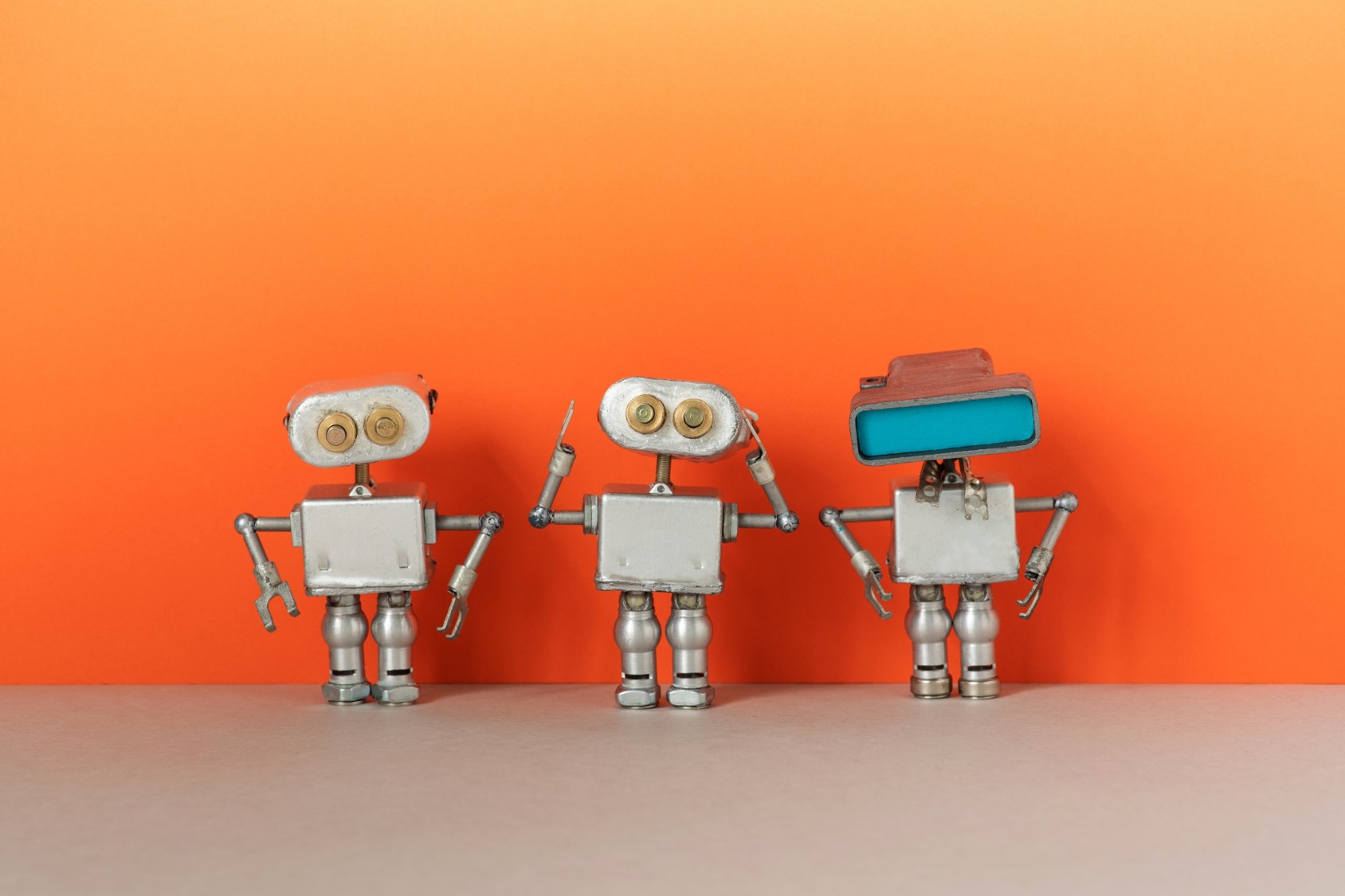Special Guest Column by Shailin Dhar, CEO and Founder, Method Media Intelligence
I’ve written previously about the Sisyphean task of “dismantling” bot operations. In the past week, both the New York Times and Bloomberg have published stories on bots dominating exclusive product drops, leaving enthusiasts like sneaker heads frustrated and empty-handed. The breaking news is that the bot problem is nothing new (see our latest episode of MMI Office Hours).
Web events cost businesses money. Inbound events like page visits (from clicks), app downloads, form sign ups, and outbound events like display ads, streaming ads, and email opens, all have a marketplace where marketers assess quantity of supply against their budget and buy based on a CPM (price per 1000).
In the early 2000’s, non-human traffic was a single digit percentage of overall web activity and not considered a serious topic since the marketplaces for web events were still in their infancies.
After 20 years of market growth, and 3-4 Billion more humans with internet access, the proportion of non-human traffic (bots) has reached 50%, and having a solution to differentiate humans from bots is a prerequisite for businesses to be successful on the world wide web.
Bots don’t just load pages and ads, but consume media (video and audio), inflate streaming counts, scrape content, purchase limited inventory items and experiences (sneakers/tickets). The bot problem has now definitively grown to a point where it is not just negatively impacting businesses in a financial sense, but also negatively impacting human consumers in a social sense by creating distrust and creating artificial price barriers between them and their desired goods and services. Without rigorous and widespread bot detection on the web, we as consumers are at a disadvantage to low-sophistication intermediaries and arbitrageurs.
Let’s walk through a few everyday examples.
Nike is releasing a new sneaker where there are only 2000 units produced and selling them for $200 each. Given the retail dynamic, Nike can only make up to $400,000 on this product, but are doing it for loyal customers who follow and engage with the brand. Unfortunately, even though there are more than 2000 people trying to buy the shoes, the majority of them will have to pay far higher than $200, because bot programs purchased the majority of the units within seconds of the release, and immediately put them on the reseller market on StockX or GOAT. With the highest bidders dictating market price, there are now hundreds of potential Nike customers who have been priced out, with no benefit to Nike or the customer base, and some healthy profit margins for the arbitrageurs.
Justin Bieber and Beyoncé are both touring and have dates in your city in the summer time. You and a group of friends want to attend both but can only pick one because even though they are sold by the venue for $100 each, the prices are $250+ per ticket, because all tickets were purchased within 5 seconds by reseller operated bot programs. The tickets can often get exorbitantly high, because certain buyers will pour out 5-10x retail value as it gets closer to the concert date. Now you and your group of friends can’t see either artist live, and even though the venue reports a sold out show, 15% of the seats are empty because the reseller made enough profit on the high margin tickets and didn’t need to sell any more.
Bots impact everything on the internet. They contribute to web page views, ad loads, song streaming counts, video view counts, podcast plays, social media engagement, page followers, likes, etc.
Relative to humans that have to take physical actions to engage online, either through their key strokes on a personal computer or screen taps/swipes on their mobile devices, bots operate at lightning speed without the burden of physical action that is limited by our vision and touch sensory to make and execute decisions. Practice makes perfect, and bots are very easily programmed (even by non-developers) to do repetitive actions with specified outcomes.
We at MMI are proud of having solved the bot problem for advertisers, in the most complex scenario, a 50-100 millisecond ad transaction window, while maintaining user privacy and data safety compliance.
MMI will now be applying this patented 5 millisecond check to other areas of bot impact and ensuring our R&D is focused on not just solving B2B problems, but also creating some consumer facing integrity for B2C enterprises that operate online.
We do not need to be afraid of bots, as there is so much wonderful web technology, like search engines, that relies on bots used in positive ways, but we are at a critical point in the history of the internet, where at any given moment, there is one bot program running for every human active on the web. It is up to us to make sure we can tell the difference between humans and not, so that the next 20 years of internet growth and development is founded on reliable, trusted, and sustainable metrics.





